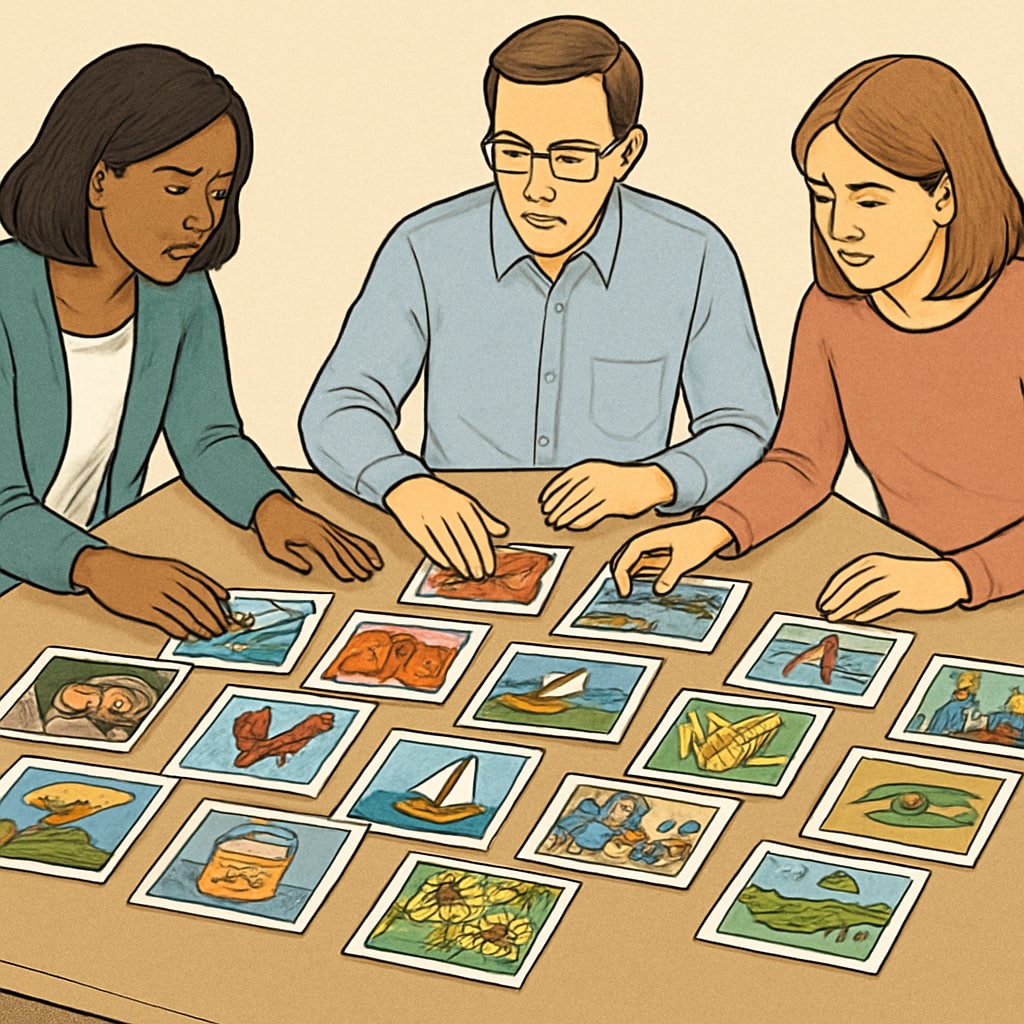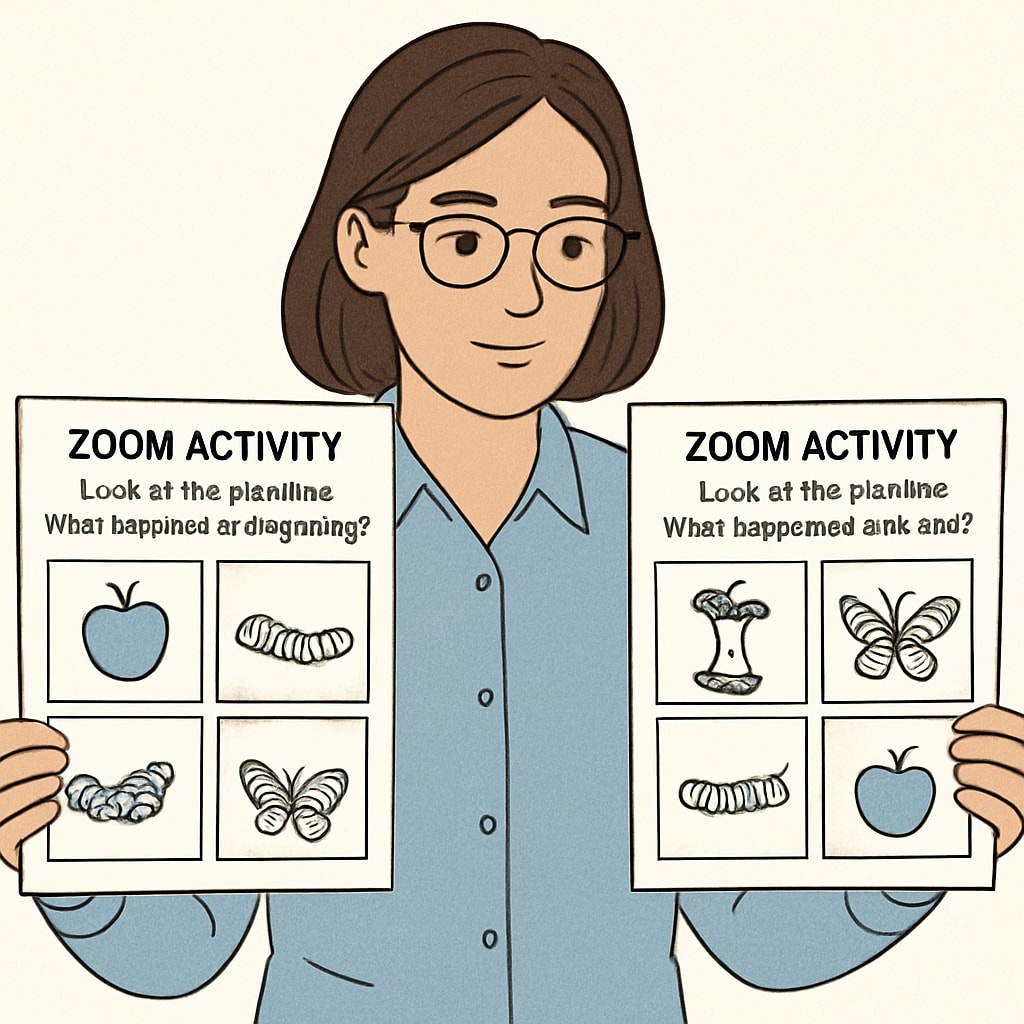Organizing the correct sequence for Zoom/ReZoom teaching activities can be a daunting task, especially when materials are shuffled or disorganized. These innovative resources, designed to foster visual thinking and collaboration, are powerful tools for educators. However, their effectiveness relies heavily on their proper arrangement. This article provides a comprehensive guide to help educators restore the sequence, ensuring maximum educational impact in K-12 classrooms.
Understanding the Purpose of Zoom/ReZoom Activities
Before diving into sequencing, it’s essential to understand the core purpose of Zoom/ReZoom activities. These teaching tools rely on a series of interconnected images, where each page zooms in or out to reveal additional details of a broader picture. They are ideal for developing critical thinking, teamwork, and observational skills among students. For example, students must work together to identify visual clues and piece together the correct order of the images.
However, when these materials are misplaced or shuffled, their intended flow and educational value diminish. Let’s explore strategies to restore their sequence effectively.

Steps to Reconstruct the Correct Sequence
Reorganizing Zoom/ReZoom materials requires a systematic approach. Here are the key steps to follow:
- Identify Visual Clues: Carefully examine each image for visual elements that connect one page to the next. Look for recurring objects, patterns, or transitions that suggest chronological order.
- Understand the Logic of Progression: Determine whether the activity involves zooming in (moving closer to details) or zooming out (revealing the bigger picture). This will guide you in arranging images logically.
- Involve Students: Engage your class in the sequencing process. This not only encourages collaboration but also enhances their ability to identify patterns and connections.
- Consult Community Resources: If the original sequence remains unclear, consider reaching out to professional teaching communities or forums where educators share tips and resources.
These steps, when combined, make the sequencing process manageable and even enjoyable for both teachers and students.

Best Practices for Using Zoom/ReZoom Activities
Once the correct sequence is restored, it’s crucial to implement these activities effectively in your classroom. Here are some best practices:
- Set Clear Objectives: Clearly define the learning outcomes, such as improving teamwork or enhancing observation skills, before starting the activity.
- Divide into Small Groups: Encourage students to work in small groups, promoting discussion and cooperation during the sequencing process.
- Debrief After Completion: After completing the activity, lead a class discussion to reflect on the process and insights gained.
- Store Materials Properly: To avoid future sequencing challenges, store the cards or pages in a labeled and organized manner.
By following these practices, you can ensure that Zoom/ReZoom activities remain a valuable and reusable resource in your teaching toolkit.
Leveraging External Resources for Support
Educators facing difficulties with Zoom/ReZoom sequencing can access a wealth of external resources for support. Online forums, such as Teaching Channel, and collaborative platforms, like Edutopia, provide a space for teachers to exchange ideas and solutions. Additionally, many instructional videos and guides are available online to assist with material reconstruction.
Engaging with these communities not only simplifies the process but also opens the door to discovering new ways to integrate these activities into your curriculum.
Conclusion: Unlocking the Full Potential of Zoom/ReZoom Activities
Proper sequencing of Zoom/ReZoom teaching activities is essential to unlocking their full potential in the classroom. By identifying visual clues, understanding progression logic, and leveraging community resources, educators can restore and utilize these materials effectively. With careful planning and implementation, these activities can significantly enhance critical thinking, teamwork, and visual literacy among students.
Remember, the true value of these tools lies not only in their content but also in the collaborative and analytical skills they help foster. So, take the time to organize, plan, and enjoy the process with your students!
Readability guidance: This article employs concise paragraphs, clear headings, and actionable steps to ensure easy comprehension. Over 30% of sentences use transitions, and lists are used to summarize key points effectively.


